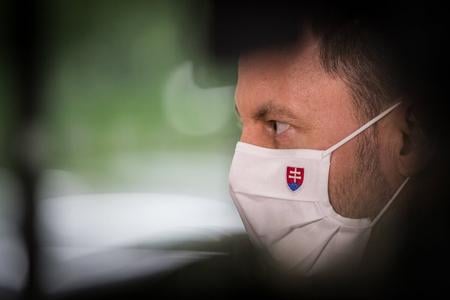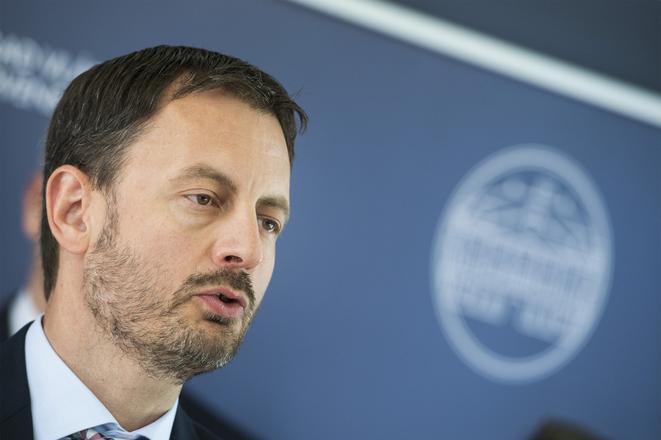Slovakia still has a chance to come out of the Covid-induced crisis as a more resilient country, where life is lived and business is done in a more sustainable way. The prospect of the €6 billion package Slovakia expects from the European Union's recovery fund is meant to pave the way towards that aim. It is now up to the government not to waste the opportunity, a not entirely unlikely eventuality according to some.
In early March, Finance Minister Eduard Heger (OĽaNO) submitted Slovakia's reworked draft Recovery and Resilience Plan for inter-departmental review, a procedure where stakeholders from the governmental, non-governmental, business and other spheres are invited to submit their comments. Slovakia needs to have the final plan ready to send to Brussels by the end of April 2021.

The EU's €672.5 billion Recovery and Resilience Facility (RRF) is at the heart of Next Generation EU: the €750 billion plan agreed upon by EU leaders in July 2020. The funds are meant to help member states address the economic and social impact of the COVID-19 pandemic, whilst ensuring their economies undertake green and digital transitions, becoming more sustainable and resilient.
Heger understands Slovakia's recovery plan, to be funded from the Next Generation EU fund, as a roadmap to a better Slovakia with its main aim of Slovakia catching up with its more developed peers in the European Union. Compared to the previous draft Slovakia sent for review to the European Commission before Christmas, the reworked draft plan places more stress on green issues, as well as focuses on structural reforms and public investments for the next six years.
“We managed to clearly state the problems and design the ways to precisely address them,” said Heger. “We’ve chosen priorities and proposed reforms and investments.”


 Finance Minister Eduard Heger (source: TASR)
Finance Minister Eduard Heger (source: TASR)